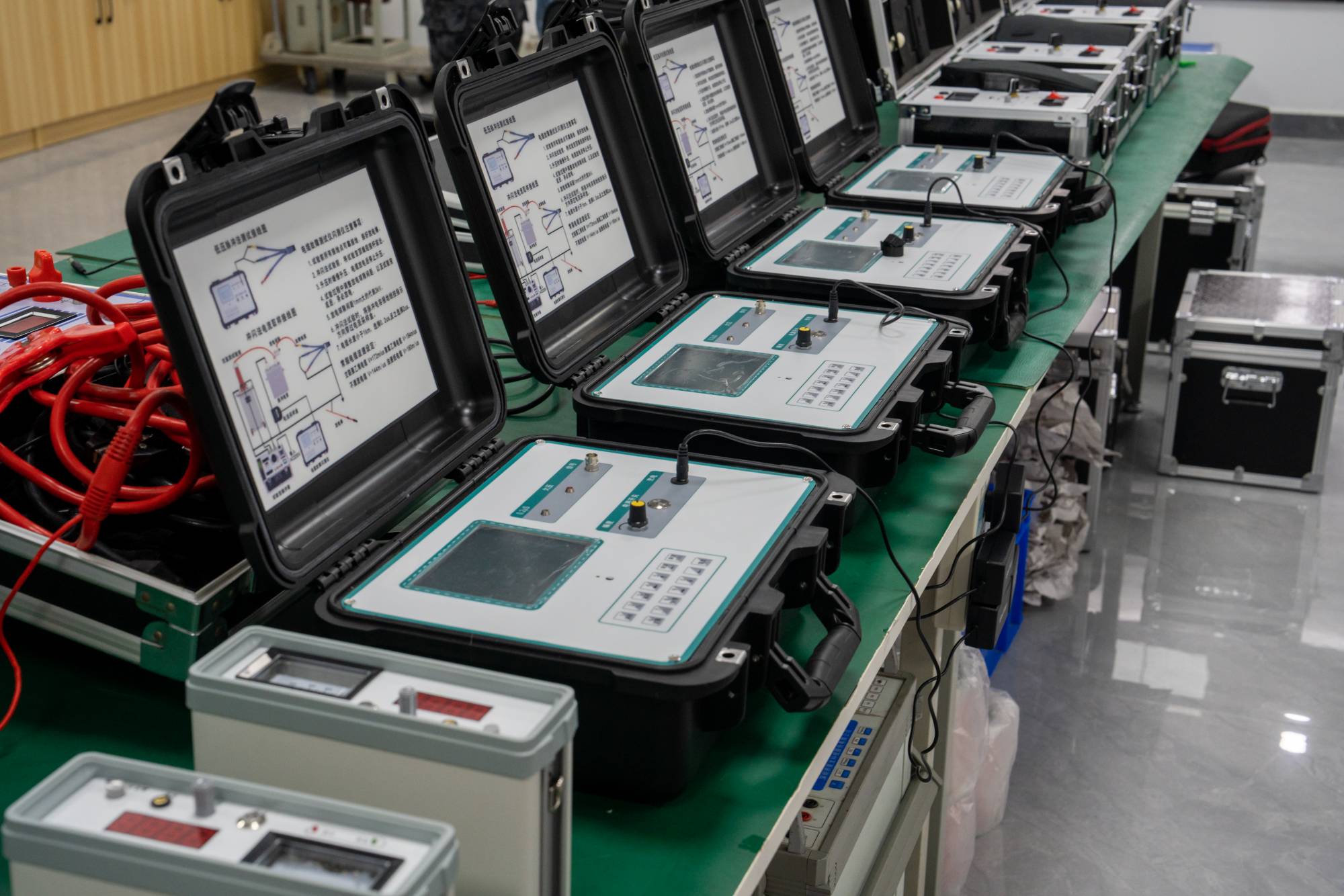The cable fault tester under UHV power can help many power workers conduct various power tests more conveniently.

Although there are many fault location techniques and considerable tools to help solve underground cable faults, cable fault location can be very challenging. Most of these issues are due to technicians not interpreting the test results correctly and choosing the wrong tools for the task at hand, ultimately wasting a lot of time because shortcuts were taken in the process. The challenge of locating underground faults can be significantly reduced by understanding the available equipment and technologies. Education and experience in cable fault location will help to correct and improve the interpretation of results, and will certainly aid in selecting which equipment and technology are most suitable for specific tasks. However, only a high level of awareness can correct the waste of time provided through shortcuts.
In the following article, we will discuss various cable fault location techniques and their advantages and disadvantages.
Fundamentals of Capacitive Discharge Technology
One of the oldest and most popular technologies is a technique called capacitive discharge technology or heavy-duty cable technology. In application, this technology is actually very simple and straightforward. Essentially, devices called hammers or surge generators generate high voltage surges and emit them onto faulty cables. This energy surge will propagate along the cable conductor. If it reaches the dielectric breakdown zone or the insulation material fails, the transmitted energy will be discharged through the gap at the fault and all energy will be released through the faulty insulator. Then, all fault currents will be returned to the surge generator through the neutral wire or shielding layer on the cable, and safely dissipated to ground potential.
If a surge of thousands of volts is sent to the cable and all energy is discharged through gaps or faults, it can cause a small explosion. The small explosion buried underground will cause percussion and sound waves to pass through the Earth's layers. As a result, a banging sound can be heard on the ground. In order to find the defects in the underground cables, maintenance personnel must walk along the ground and listen to this banging sound. Once the fault is identified, the crew will dig a hole and repair the faulty cable.
Advantages and disadvantages of heavy-duty cables
The advantage of capacitive discharge technology lies in its precise positioning and ease of learning. This technology requires relatively little training, especially safety training on how to properly handle instruments, connect them correctly, and set up various controls.
The disadvantage of this technology is that it is very time-consuming and may be harmful if misused. In some cases, it may take hours or even days to locate the fault while routing the cable. During this period, the cables were exposed to high voltage surges, resulting in a higher rate of repeated failures on polyethylene cables with a longer lifespan. Repeated banging sounds may accelerate
The channel growth of other naturally aging water trees may have lasted for several years of their service life. Essentially, in the process of attempting to locate the current fault, the cable is being set up for future faults. Therefore, if used alone, this technology may have potential hazards. For paper insulated lead covered cables, this may not necessarily be the case, as higher voltage and more energy are typically required to locate faults without causing significant damage to the cable.
This technology will not detect faults that will not end. Therefore, for example, if there is a dead space, known as a bolt failure, where the conductor and neutral wire are essentially bonded together, and there is no gap, no sound enters the circuit regardless of how much energy and voltage is discharged. No energy is discharged or skipped, basically only a constant current circuit. Therefore, due to the absence of acoustic events, it is impossible to determine bolt failures or blind spots. Similarly, in order to obtain sound, there needs to be gaps and air.
Another challenge of capacitor discharge technology is a significant gap. For example, if a cable is blown open and the conductor has burned back into the dielectric material during the blowing process, or if the neutral wire has burned back, a considerable distance is created in the gap. No matter how much voltage is applied, the gap is physically too large to actually pass through. The option here may be burn out technology, burning out the insulation resistance to reduce the gap size, so that the hammer can discharge the arc correctly. However, once again, this will put pressure on the cable.
In order to reduce the stress applied to the tested cable, surge or heavy impact techniques are combined with pulse echo.



















